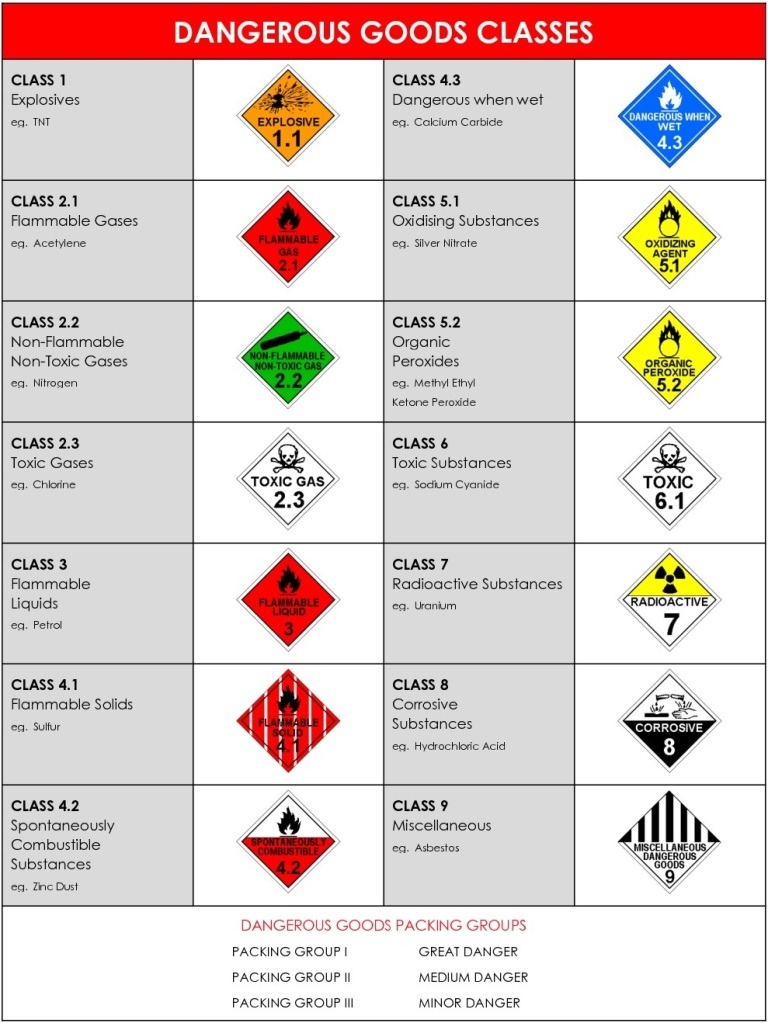- info@farmad.co
- Sat - Wed: 8:00 - 16:00 - Thu: 8:00 - 12:00
Prohibited and Restricted Goods – IMDG Code
When a commodity adversely affects the health of humans, animals, plants, and other species, it is usually prohibited to import or export by the government of the importing or exporting country. Examples of prohibited items are dangerous toys, cars that don’t protect their occupants in a crash, bush meat, or illegal substances like absinthe and Rohypnol.
Restricted means that special licenses or permits are required from a governmental organization before the item is allowed to enter the country.
Besides governmental rules and regulations, there are certain precautions that are taken by vessel/container owners to observe their safety measures and protect their interests, according to the IMDG Code.
The International Maritime Dangerous Goods or IMDG Code was adopted in 1965 as per the SOLAS (Safety for Life at Sea) Convention of 1960 under the IMO (International Maritime Organization). The IMDG Code was formed to prevent all types of pollution at sea.
The IMDG code also ensures that the goods transported through seaways are packaged in such a way that they can be safely transported. The dangerous goods code is a uniform code. This means that the code is applicable to all cargo-carrying ships around the world.
The dangerous goods code has been created as per the recommendations of the United Nations’ panel of experts on the transportation of hazardous goods along with the IMO. This proposal by the UN was presented as a report in the year 1956 after which the IMO IMDG Code was started to be drafted in the year 1961.
The dangerous goods labels and dangerous goods certificate for the cargo are issued as per the nine clauses which are explained as follows:
- Classification 1 is for explosives. The same classification has six sub-divisions for materials which pose a high explosive risk, low explosive risk, to name a few
- Classification 2 is for gases. This clause has three sub-categories that talk about gases that are highly inflammable, that are not inflammable, and gases that neither inflammable nor toxic
- Classification 3 is for liquids and has no sub-divisions
- Classification 4 is for solids. There are three sub-categories that deal with highly combustible solids, self-reactive solids, and solids that when interact with water could emit toxic gases
- Classification 5 is for substances that have the chances of oxidization
- Classification 6 is for all kinds of substances that are toxic and that could prove to be infective
- Classification 7 is specifically for materials that are radioactive
- Classification 8 is for materials that face the threat of corrosion and erosion
- Classification 9 is for those substances that cannot be classified under any of the above heads but still are dangerous goods
Please make sure you are providing correct details and all needed supporting documents (MSDS, Surveyor’s Test Report, etc.) when sending your inquiry to us. Booking and loading on the vessel will be subject to obtaining final approval from vessel owners/operators.
In general, FARMAD does not accept and/or ship the below commodities under any circumstances:
- Alcoholic beverages/drinks
- Gambling Items
- Pornographic Materials (on any medium)
- Arms and Ammunition of any sort
- Satellite Receiving Equipment and accessories
- Radioactive materials and related equipment, tools, etc.
NOTE: You can review the Prohibited and Restricted List by clicking on the below button for a better understanding of the above-mentioned information. The PDF file provided is only for educational and familiarization purposes only and cannot be considered as FARMAD general policy on DG/HAZ cargo handling. Therefore, specific approval for such shipments must be obtained from FRAMAD or its agents prior to the final booking.
